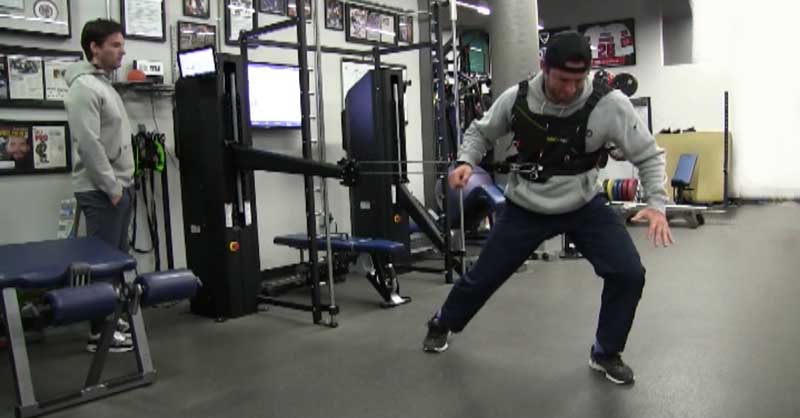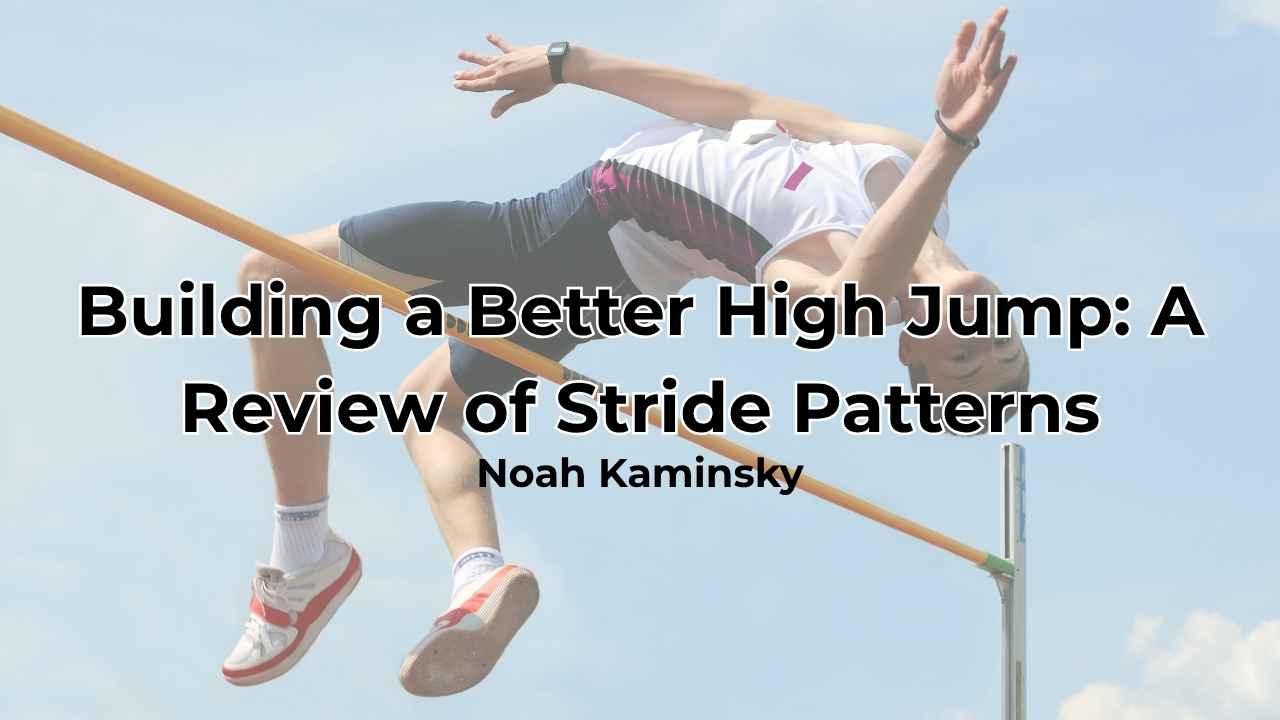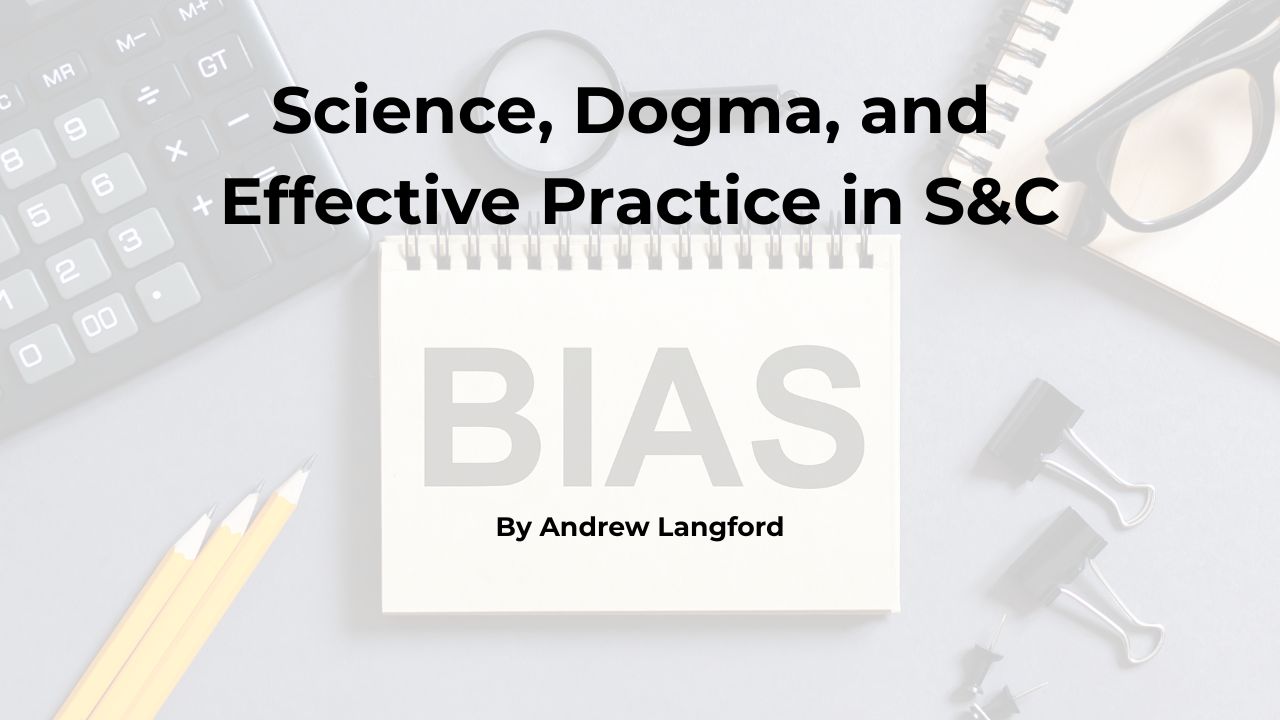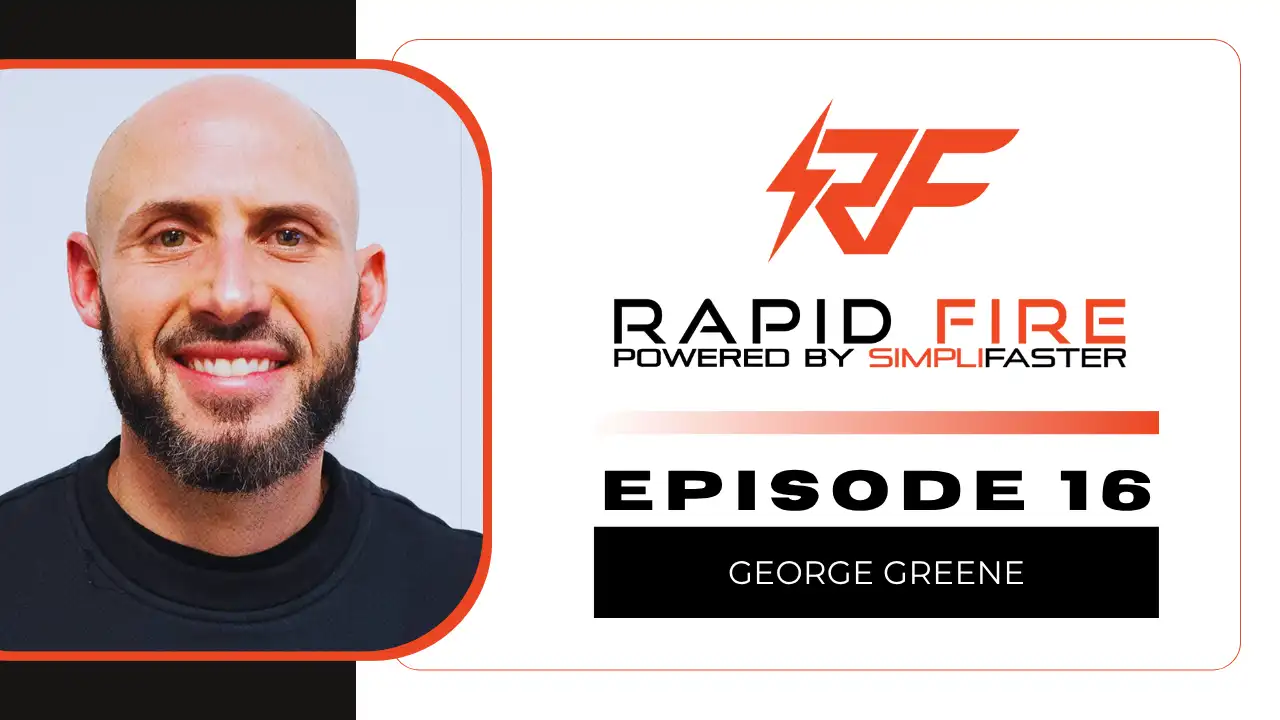[mashshare]
Hi, I’m Ben Prentiss and welcome to PHP. I’ve just moved into this new facility after 17 years, 8,000 square feet of the world’s latest and greatest equipment. The latest and greatest piece that I’ve had for a year now, is the 1080 Quantum.
I’d say it’s an all encompassing, robotic game changer. That’s basically what I say because when people look at it they think it’s a Smith machine or it’s just a pulley, ’cause you really can’t tell when you look at it what it’s doing. But for me it really has been worth the price in terms of the amount we’ve used it and helped us do things that you cannot do. You can’t do. I mean that’s the number one thing is that there’s nothing out there that can do what the Quantum can do and that’s really it. I mean to overload, to use vibration, to use isokinetic, to boost eccentric, to go full speed, to be able to have the ability to throw or jump, there’s nothing there.
So it really gives the strength coach all of the tools in his toolbox, in one shot. Which trainers always say, “It’s great to have tools in your toolbox.” Well here’s one piece of equipment that basically gives you every variable possible.
One of the things that I like it for, that it’s not famous for is using in our structural phase, where we’re just using small muscles and people wouldn’t think of it as a huge selling point. But actually, when you ask any of my athletes, one of the things they hate the most, which means it’s one of the most effective is doing abductor/adductor, dorsiflexion, anterior tibialis, and rotator cuff, and trap three work. Is unbelievable for the effect. That we can use a two to one eccentric to concentric ratio and move at different speeds has really been effective for us.
Not only is the data important to show but the aspect of having each player sort of compete against each other and look at how much force they can produce, how much newtons they can produce, or how fast they can move the bar. All three of those things are hugely important in the game but also it’s important for the athletes to get better in season, which is a very difficult or typically a maintaining thing. Well now we’ve actually seen athletes through isokinetic get stronger in season.
So when I go back to dynamics with bands or dynamic squat with bands, or those kind of lifts. We’ve actually seen them produce more force after a phase in the 1080. So with so much success and I’ve had the 1080 for almost two years, two off seasons.
I’ve decided to get the 1080 Sprint. So it basically gives me the whole kitchen. I’m now able to do vertical and horizontal production and for me the most valuable tool would be to bring the 1080 Sprint on the ice. So I’ll be looking forward to giving a lot of info on that this coming off season
Since you’re here…
…we have a small favor to ask. More people are reading SimpliFaster than ever, and each week we bring you compelling content from coaches, sport scientists, and physiotherapists who are devoted to building better athletes. Please take a moment to share the articles on social media, engage the authors with questions and comments below, and link to articles when appropriate if you have a blog or participate on forums of related topics. — SF
[mashshare]





